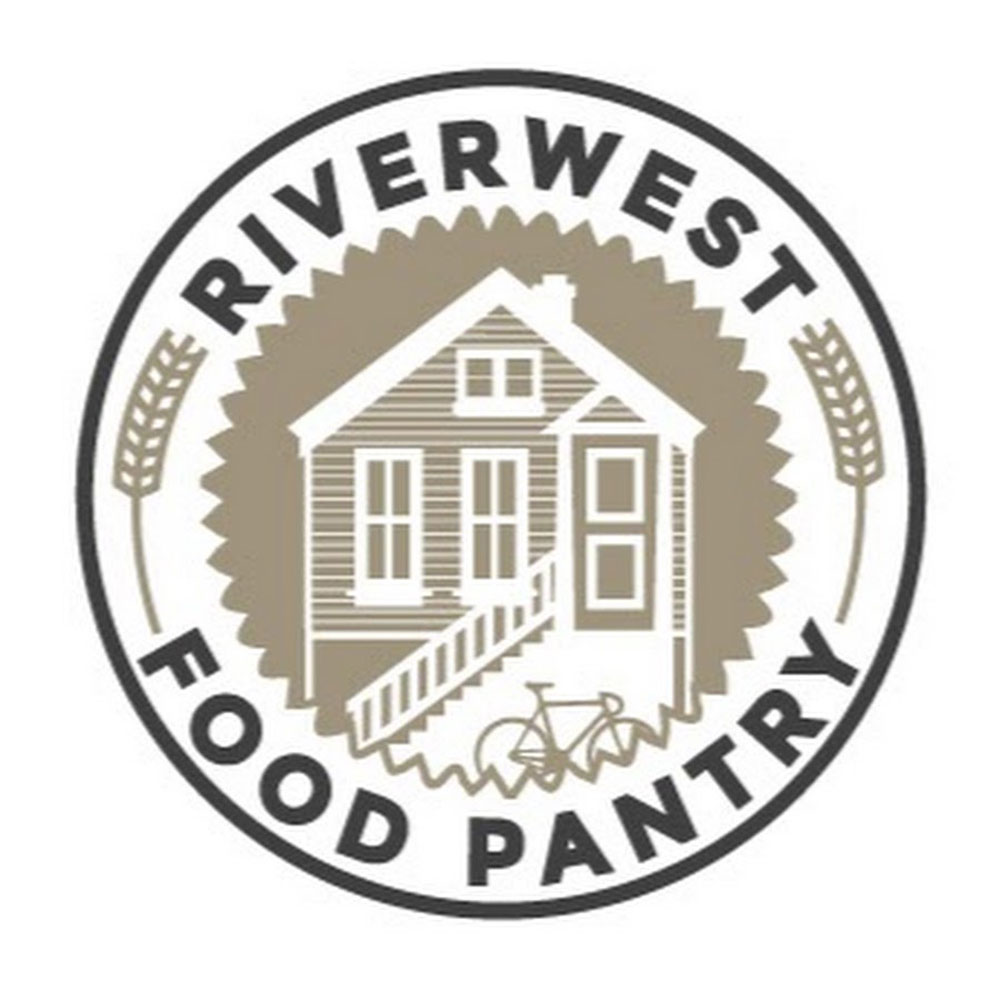
April 26, 2020; CNBC and Shepherd Express
To account for site closures and social distancing needs related to COVID-19, we have modified and consolidated our services, offering food in different formats and locations. We will continue our operations until or unless we receive guidance from our local or national government that would preclude our ability to remain open.
—notice on the Capital Area Food Bank website
According to CNBC, food pantries and soup kitchens are closing at alarming rates around the country. With tens of millions now unemployed due to the pandemic, this development only adds to the challenges posed by the nation’s mounting food insecurity crisis. But some of these programs are not closing; instead, they’re finding new ways to make their programs work, forging new partnerships with the food banks which often supply them. The banks, however, have their own supply chain problems, with donations from grocery stores drying up as a result of increased retail sales. In Milwaukee, Wisconsin, food banks and pantries also face increasing demand, coupled with a shortage of personnel and supplies, and a loss of traditional volunteers—leading to some food banks recruiting new volunteers amid the pandemic, often in new roles.
On its website, DC’s Capital Area Food Bank clearly lays out what its challenges have been and the workarounds in place. For instance, the shuttering of some of their partner programs has resulted in the institution of pop-up sites. This information transparency is incredibly valuable, since many now looking for help are doing so for the first time.
Quite simply (but with much ingenuity), the program delivery model of the food insecurity sector has had to demonstrate agility amid the pandemic, as CNBC points out. This is corroborated by the responses of food pantries in Milwaukee, where the local Hunger Task Force instructed local distribution sites in mid-April to reduce the number of days of food they provide to those seeking help from two weeks to three to five days.
Sign up for our free newsletters
Subscribe to NPQ's newsletters to have our top stories delivered directly to your inbox.
By signing up, you agree to our privacy policy and terms of use, and to receive messages from NPQ and our partners.
At the start of the pandemic in late March, 11 of the city’s 47 food pantries closed due to a lack of capacity or sanitation supplies. The ones that survived have had to quickly adapt. Riverwest Food Pantry, in service since 1979, has had to change its model from an in-house service where “shoppers” choose the food items they want to a pickup service of pre-bagged food.
The profile of its “shoppers” pre-pandemic speaks to the fragility of food security in the US, even in the best of times. Before COVID-19, two-thirds of those coming to the food bank were employed—albeit typically not full-time and having to work multiple low-paying jobs to make ends meet. And fully 39 percent of those families were supporting at least one person who was elderly or had a disability.
During the pandemic, the changes extend beyond food distribution. At Riverwest, shoppers used to be able to talk with trained volunteers about other challenges they were facing and be connected with resources in the community. Those programs, unfortunately, are now gone.
A second food pantry, South Milwaukee Human Concerns, has also changed its model to one where it takes orders online, packs bags with desired items, and offers curbside pick-up. However, since their main food supplier, the Hunger Task Force, has stopped delivering goods, they’ve had to purchase items at grocery stores, forcing the nonprofit to draw on reserves at a time of declining revenue.
The Shepherd Express, a Milwaukee-based weekly, reports that the soup kitchen The Gathering almost had to close its doors. They have worked hard to stay open, taking guidance from the City of Milwaukee Health Department and are providing take-home meals at four different locations around the city instead of their usual sit-down meals.
“We’re serving more people—between 80-100 people every single day,” executive director Lyn Hildenbrand tells the Shepherd Express. “A lot of people have told us this was their first time there. And we’ve seen more women and children since this pandemic has started.”
Meanwhile, with a nation now suffering from its highest unemployment rate in over 80 years, the need is not in doubt. A report from the Brookings Institution shows that as of April of 2020, one in five households in the United States were experiencing food insecurity. Worse, that rises to two of every five households with mothers who have children under the age of 12. As the report says, “It is clear that young children are experiencing food insecurity to an extent unprecedented in modern times.”—Robert Meiksins and Sofia Jarrin-Thomas













